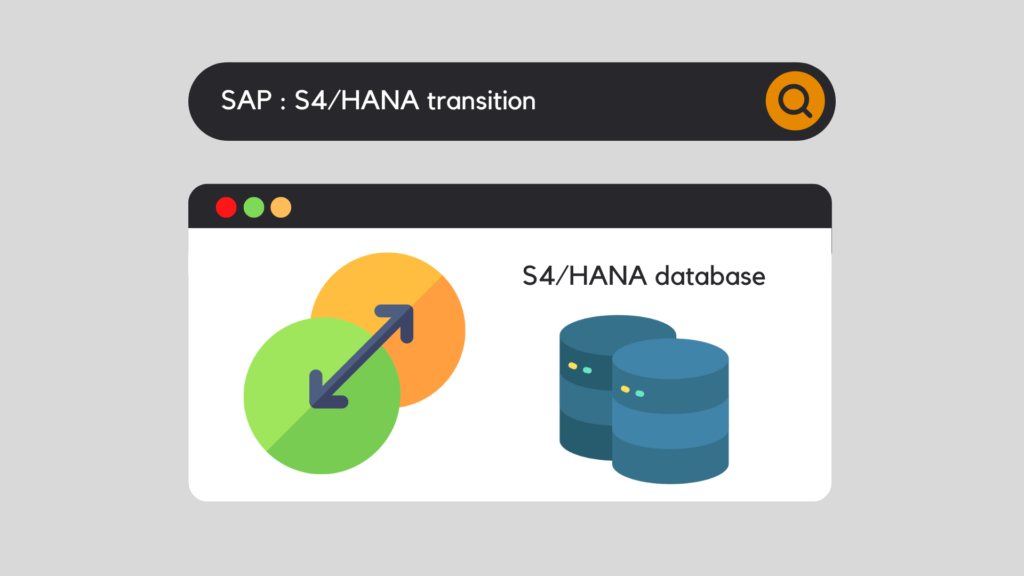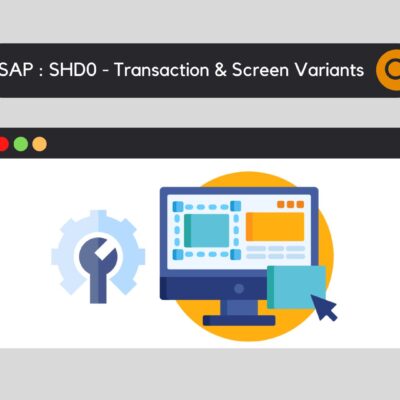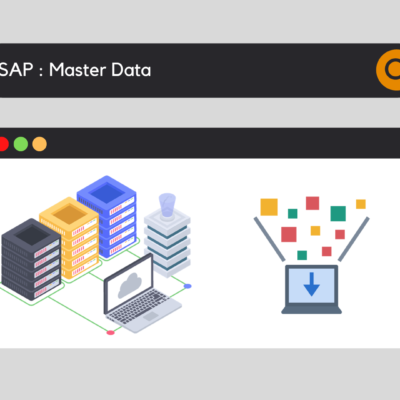
The SAP ERP ECC version will still be maintained until 2027 by SAP. In principle, there is no need to panic. However, the negative point is that the SAP ERP ECC version does not have the latest intelligent technologies. In order to remain competitive, it is time to switch to the modern SAP S4/HANA version. In this article, we will look at how a transition to SAP S4/HANA is structured
Transition to SAP S4/HANA: the challenges of migration
Migrating data and processes to SAP S4/HANA is easier said than done. After all, it is not just another IT project, but rather a fundamental system change. Therefore, the implementation of such a transition comes with several challenges. In addition, each company will have to decide when to move to the new S4/HANA version.
ABAP code to be adapted, processes to be harmonised, functionalities that become obsolete, others appear, user training to be provided, so many activities that will have to be carried out by the different actors of the project. In general, it will be necessary to manage change successfully.
Transition to SAP S4/HANA: Best Practice
In order to ensure the success of the transition to S4/HANA, it is important to use an efficient methodology. This is what will guarantee the success of the project.
In order to ensure the success of the transition to S4/HANA, it is important to use an efficient methodology. This is what will guarantee the success of the project. Discover, Prepare, Explore, Realize, Deploy, Run. To learn more about this methodology, go directly to the SAP support site: https://go.support.sap.com/roadmapviewer/.
Transition to SAP S4/HANA: migration approaches
Depending on the resources available, the business model, the processes already in place, the ERP used, different migration approaches can be adopted.
In general, there are two main approaches: Greenfield & Brownfield. Other organisations opt for a hybrid system, which allows them to mix the two approaches and thus take advantage of the best of both Greenfield and Brownfield implementations.
Greenfield approach
The Greenfield approach consists of starting from scratch. With this approach, it is possible to implement a new uniform system that contains only really necessary processes. This approach is automatically applied if the company does not have SAP. Nevertheless, companies that do use SAP can still use this approach. It provides the impetus to abandon obsolete processes and inconsistent data and design completely new processes.
Brownfield approach
The Brownfield approach is to migrate without re-implementing or disrupting existing processes. Many companies, especially large corporations, have built SAP in their image for years. Therefore, they prefer to change only what is necessary in order not to damage validated processes. Finally, the bronwfield approach is simply a technical migration, while keeping the existing structure and processes.
Hybrid approach
The hybrid approach takes advantage of both of the above approaches. The hybrid approach allows the consolidation of several ERP systems into one. Thus, this approach may be of interest to companies that have acquired other companies, in order to combine data and processes into a single system. In practice, this means that the databases are cleaned and consolidated to reduce their footprint before the transition.
In terms of the target solution, the different approaches do not achieve the same objectives. Indeed, the Greenfield (or New Implementation) approach allows the choice between the On-Premise version or the S4/HANA Cloud version. The Brownfield (or System Conversion) and Hybrid (or System Landscape) approaches allow only the On-Premise option.
Would you like to improve your SAP skills? You can access our free training courses, or opt for our premium "Beyond the Horizon" (SAP beginners) or "Expert Training Center" (advanced) courses.

Pierre Balbinot
SAP functional consultant, EAM (Enterprise Asset Management) and PP (Production Planning) expert.









